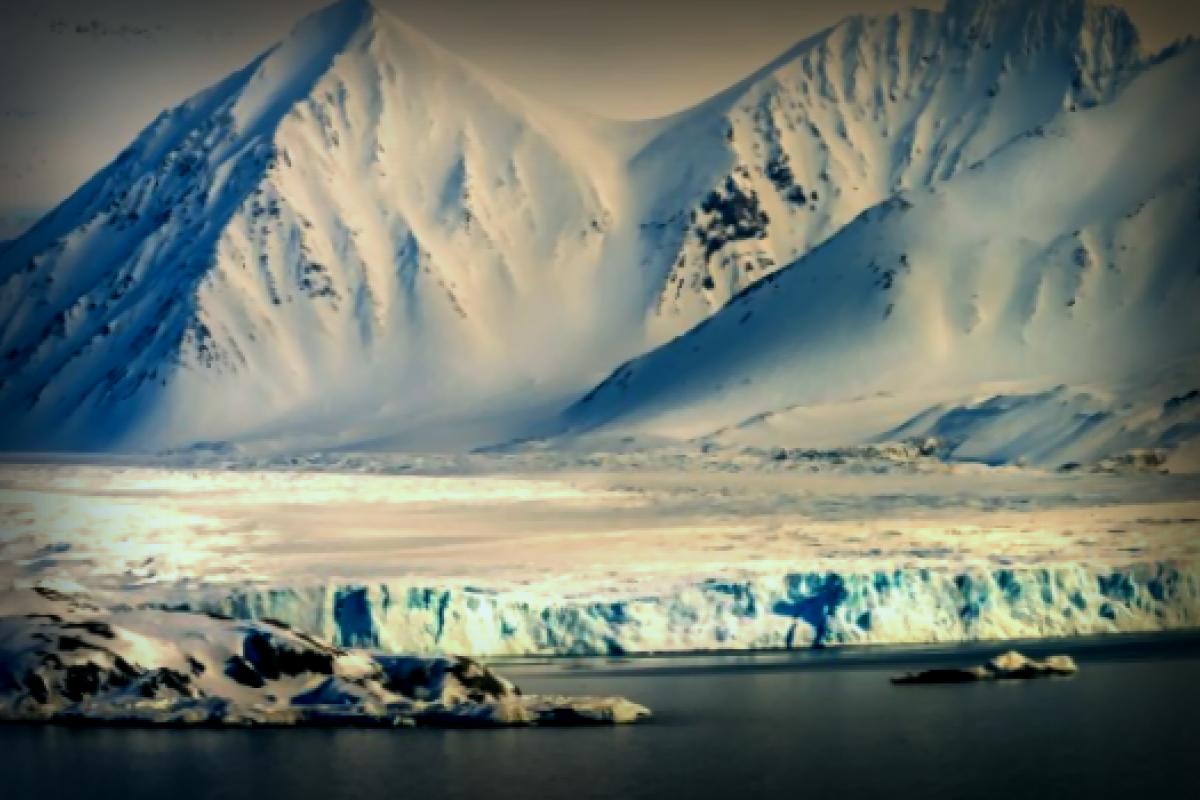During a recent two-week expedition to the Arctic, a team of researchers ran into obstacles thanks to unfriendly weather. What was originally aimed at examining fresh snowfall unexpectedly opened their eyes to bigger climate concerns.
What Went Down?
This past February, scientists from Queen Mary University in London set out to track fresh snow in Svalbard, an Arctic archipelago. Unfortunately, as reported by Meteored, their stay was mostly met with rain instead of snow, allowing them to collect fresh snow just once.
The unexpectedly warm conditions led the researchers to question not just their activities, but the broader implications for all Arctic studies dependent on freezing weather.
James Bradley, one of the researchers, expressed his shock: “Being in deep water by a glacier or standing on bare green tundra felt surreal. The massive snow cover disappeared in just days, and my equipment seemed like it belonged in a different era.” This eye-opening experience shifted their focus away from their intended study to broader implications regarding climate change in the Arctic, culminating in their findings published in Nature Communications.
They noted, “Winter warming in the Arctic has reached alarming levels, reshaping its landscapes. What used to be seen as anomalies are now becoming the new normal in the Arctic.”
Why Rising Temperatures Matter
Extreme weather, like high temperatures and heavy rains, is just one impact of warming temperatures around the globe. And these soaring temps? Scientists agree they trace back to harmful greenhouse gases that humans release into our atmosphere.
Svalbard is emerging as a crucial indicator; it’s warming almost seven times faster than the global average. Expectedly, precipitation patterns are changing, with rain anticipated to outnumber snow as the Arctic’s main form of precipitation by this century’s end.
This might feel distant, but the impacts of rising Arctic temperatures are felt worldwide.
The resulting melting glaciers and ice caps are key contributors to rising sea levels globally. Since 1993, seas have inflated by an average of four inches, with the rate of increase more than doubling. This surge poses serious risks not just to marine life but could jeopardize coastal communities in the future.
What Can You Do About It?
Turning back the clock on climate change requires a united effort, as highlighted in the Paris Agreement. But change can start within our own homes.
You can take small, yet effective actions— like reducing plastic usage or walking instead of driving— to make a significant difference. If you’re keen to do more, think about upgrading your household appliances or HVAC systems to more environmentally friendly options.
Don’t forget to sign up for our free newsletter for positive news and practical tips! Check out this amazing list to discover easy ways to help yourself while supporting the planet.
Shocking Discoveries During a Two-Week Arctic Expedition first appeared on The Cool Down.



















